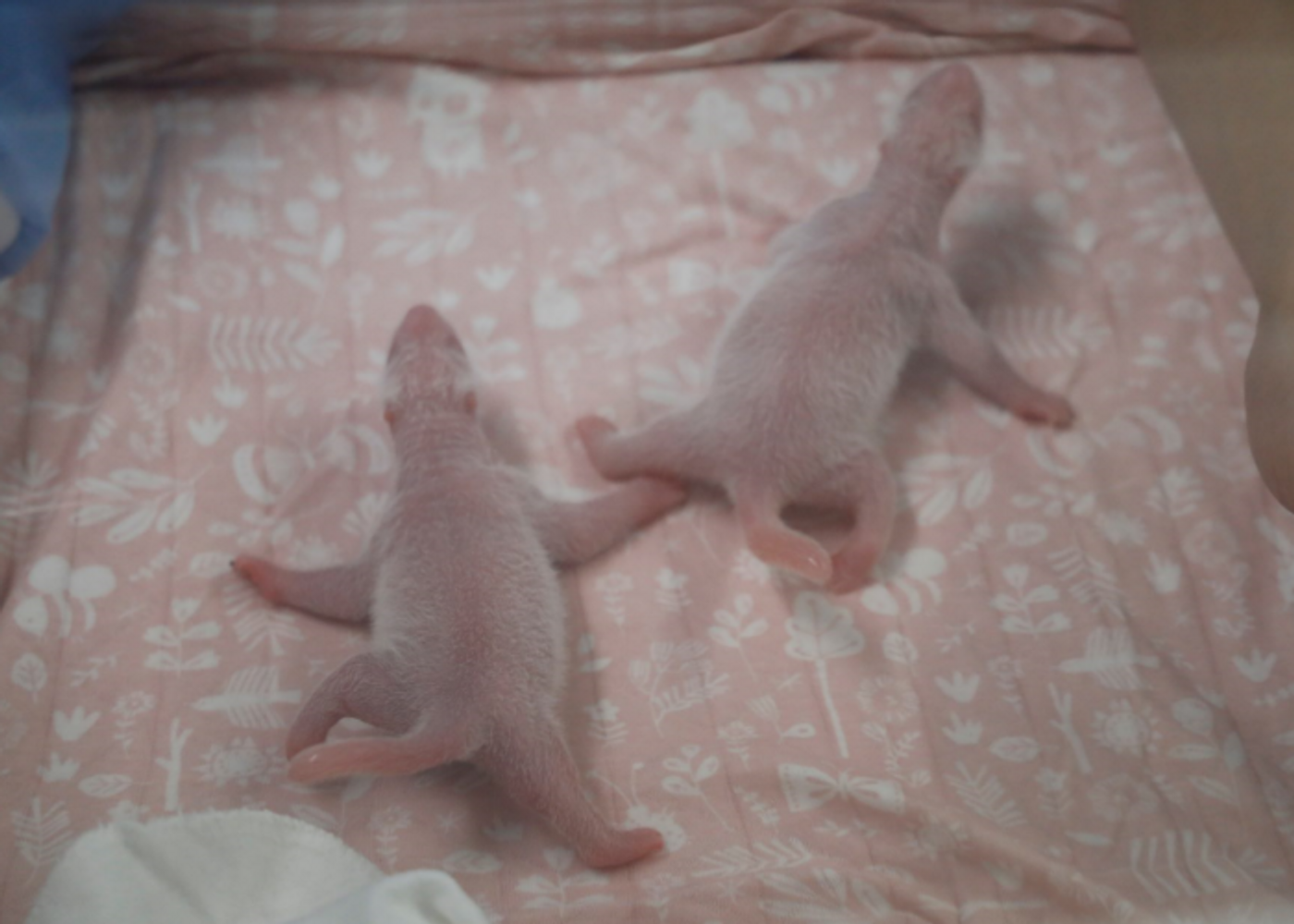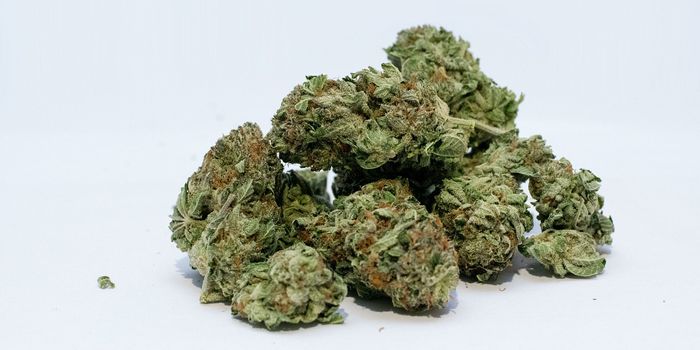Belgian Zoo Welcomes Two Newborn Panda Twins
This past week has been an exceptionally thrilling one for staff at the Belgian Pairi Daiza zoo. A female giant panda there named Hao Hao delivered a couple of panda cub twins – one male and one female – on Thursday, August 8th. The zoo made a public announcement about the circumstances the following day, calling it an “extremely rare” event in the process.
Image Credit: Pairi Daiza Zoo
Citing the zoo’s official public statement, these are only the second and third cub births to occur at the Pairi Daiza zoo since the species first went on display there in partnership with the China Conservation and Research Center for the Giant Panda. The most recent panda cub birth to transpire at Pairi Daiza zoo before Thursday happened in June 2016.
"This double birth is marvelous news for this extraordinary species," said Eric Domb, president of the zoo. "We are very proud... the birth of these two babies is a tremendous reward for the huge work carried on every day by all our teams."
Related: An albino giant panda has been spotted in the Chinese wilderness for the first time
The newborn cubs are much too young to be placed into the public pen with the others, and so caregivers are monitoring their health around the clock in the zoo’s maternity ward to ensure their safety and good health. Each one takes turns sipping from the zoo’s milk bottle, a process that gives the mother a break in caring for the newborns.
Unfortunately, the public won’t be able to view the newborns until they’ve grown large enough to join the others in the public enclosure. He zoo does this to keep stress levels at a minimum and to ensure good health in the most critical time period of the cubs’ lives.
Worthy of note, the International Union for Conservation of Nature (IUCN) no longer recognizes the giant panda as an ‘endangered’ species on the organization's Red List, but even as a ‘vulnerable’ species, their population numbers appear to be climbing in the wilderness. Conservationists estimate that there are somewhere between 500 and 1,000 mature individuals in the wild today. Perhaps unsurprisingly, this figure excludes captive specimens like those at Pairi Daiza zoo.
Related: Giant panda habitats are purportedly being threatened by grazing livestock
Breeding giant pandas is a particularly tricky process, and so we give the Pairi Daiza zoo some major props for succeeding in this endeavor. It should be interesting to see if the cubs will grow up to be big and strong like their parents.
Source: Pairi Daiza via Phys.org, IUCN









